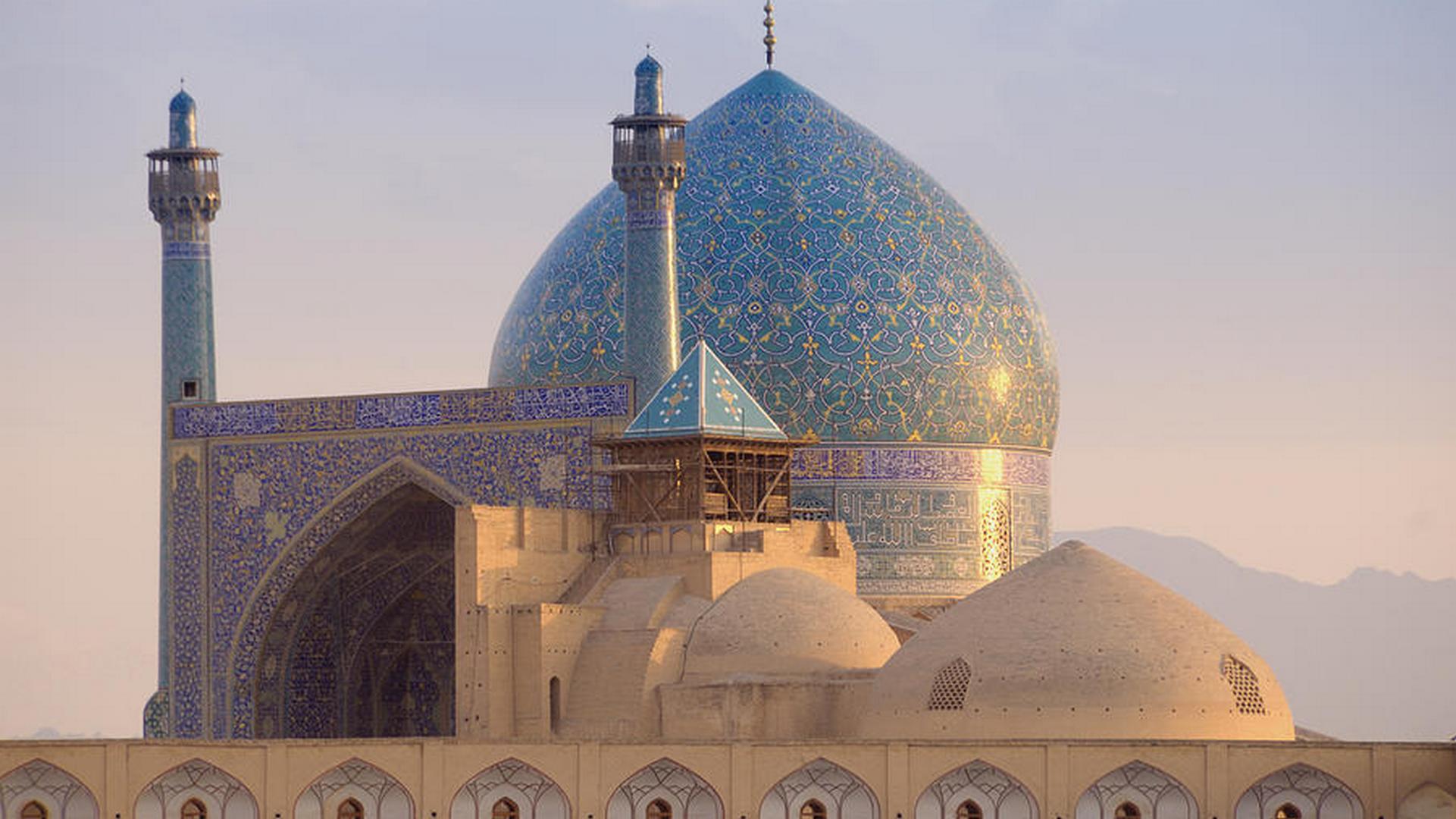Description
Property Name: Shah Mosque
Inventory No: 98-311-2
Date of infill of the inventory form: 2007-10-30
Country (State party): Iran
Province: Esfahan
Town:
Geographic coordinates: 32° 39′ 17.29″ N
51° 40′ 40.41″ E
Historic Period: Safavid
Year of Construction: 1611-1638
Style: Persian
Original Use: Mosque
Current Use: Mosque
Architect: Unknown
Significance
The use of angles in plan and the transition between the portal and the mosque of Shah Mosque displays an architectural innovation. The entrance portal of the mosque lays on south, aligned with Median Emam, but the mosque itself is built traditionally to face Mecca, requiring a 45 degree deviation in the axis of the mosque plan. The mosque is also renown for its beautiful seven color mosaic tiles.
Selection Criteria
i. to represent a masterpiece of human creative genius
v. to be an outstanding example of a traditional human settlement, land-use, or sea-use which is representative of a culture (or cultures), or human interaction with the environment especially when it has become vulnerable under the impact of irreversible change
vi. to be directly or tangibly associated with events or living traditions, with ideas, or with beliefs, with artistic and literary works of outstanding universal significance
State of Preservation
Comprehensive restoration work has been in progress since 1965. Because of the delicate and vulnerable nature of the structures these works are still in progress.
WH inscription has been a major factor in protecting the site’s integrity.
The dome was under restoration in the 2015.
References
Akhlaqi, Akbar. Isfahan: the city of four seasons, the museum where people live, a world of art, today. Isfahan: Shahrdari Isfahan, 1376 [1997].
Honarfar, L. Historical Monuments of Isfahan. Isfahan: Emami Press, 1964.
Michell, George. Architecture of the Islamic World: Its history and social mianing. London: Thames and Hudson, c1978.
Archnet Website: http://www.archnet.com
Unesco Website: http://whc.unesco.org
The Metropolitan Museum of Art Website: http://www.metmuseum.org/toah/ht/02/wai/ht02wai.htm


